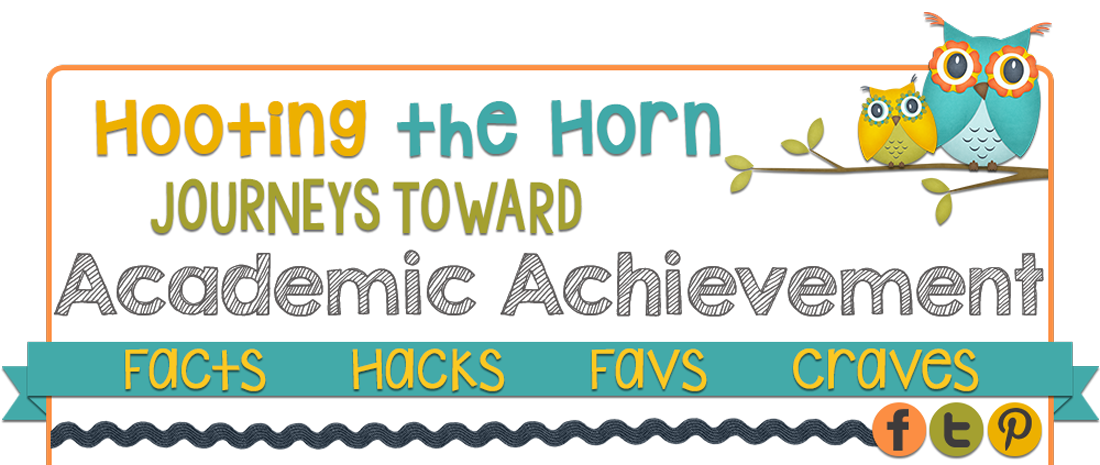 One of things I've learned over the years is that presentation can really capture students' attention and
One of things I've learned over the years is that presentation can really capture students' attention andmaintain interest in a topic throughout a lesson. When I have to cover difficult material, or when I'm reviewing for standardized tests, I like to create different types of lessons and activities. Since I have 140+ students, it's been a struggle to be budget-conscious while creating activities that all of my students can use. Dollar Tree and the clearance rows in many stores have become my favorite lesson-planning hunting grounds.
Last week, I picked up some plastic eggs and beautiful baskets from Dollar Tree (I still cannot believe the baskets were three for a dollar!). I also purchased a couple of bags of grass. My mission: to create a lesson to help students review equivalent expressions and the properties of operations.
I. Make a list of equivalent expressions.
I made the list first so I knew which expressions to write on the eggs.
II. Separate the eggs.
I planned on having students work in pairs with 8-10 eggs each. I counted out the eggs and put them in separate trays. In order to separate the eggs, you may have to cut or break a bit of plastic holding the egg together.
III. Write expressions on the eggs
After separating the eggs, I wrote the equivalent expressions on different colored eggs. When I finished writing the expressions, I connected the eggs based on the same colors.
IV. Select the basket, fill with grass and eggs.
Here's where the presentation is important. The lesson has truly transformed from a boring worksheet on identifying equivalent expressions to an activity where students get to interact with their work.
Using "Egg-cellent Expressions
1. Group students in pairs
2. Give them one basket with 8-10 eggs each
3. Instruct students to separate the eggs and connect the equivalent parts.
4. On paper, student should write the equivalent expressions and the applicable property of operation. For example, for the equivalent expressions 7 + 5 and 5 + 7, the commutative property of addition applies.
The entire activity should last 10-15 minutes.
I hope your students enjoy "Egg-cellent Expressions"!!!





